
Queen Victoria of England, 1887
 Kathy Pinna
Kathy Pinna Just two years after Victoria became Queen of England, photography became available to the public. There are many photos of Queen Victoria and her family throughout her decades long reign, but this is the only known photo of her when she was smiling. Taken in 1887, a smiling Queen gives you a whole new view of her.
1909 color photo
 Kathy Pinna
Kathy Pinna This is the only known color photo of King Edward VII, son of Queen Victoria. Taken in Scotland, the King is in full Highland dress. The photo was just recently found.
1826 - the earliest photo of real life found so far
 Kathy Pinna
Kathy Pinna It's not very clear, but this was an amazing photo in its day. Invented by Joseph Nicéphore Niépce, heliographic photography used a camera and an engraving. His first permanent photo used a camera obscura focused onto a sheet of 20 × 25 cm oil-treated bitumen then exposed for 8 hours. This was the view from Niépce's window at his estate. He called it, of course, View from the Window at Le Gras (Le Gras was the name of his estate).
Hannah (Stilley) Gorby, 1840
 Kathy Pinna
Kathy Pinna Born in 1746 (!), Hannah (Stilley) Gorby sat for the first known portrait of a person (at least a woman) in 1840 - within a year of the new invention being introduced in France. She was 94 in this photo and she died soon after. Born in Delaware, she saw a lot of changes in her world.
1838 Paris - with people!
 Kathy Pinna
Kathy Pinna Louis Daguerre took this photo of the Boulevard du Temple in Paris in 1838. It's the first known photo that contains people in a cityscape. The exposure time was 8 minutes, so city traffic didn't show up. But in the lower left corner, a man is having his shoes shined. So he must have stood still for at least 8 minutes!
The first selfie, 1839
 Kathy Pinna
Kathy Pinna A photography "enthusiast" and chemist, Robert Cornelius took this photo of himself in 1839. He took the lens cap off of his camera then ran to sit down, sitting for one minute. Then he ran back and put the cap back on the lens. He called it “The first light Picture ever taken. 1839.”
1850 daguerreotype
 Kathy Pinna
Kathy Pinna A very early daguerreotype, this is thought to be a photo of Phineas Gage holding the tamping iron that went through his head during a railroad explosion in 1848. He survived the accident but those who knew him said the his personality and behavior changed dramatically. He died in 1860.
Photographic van, 1855
 Kathy Pinna
Kathy Pinna Roger Fenton was a Britain who was one of the first war photographers. He travelled to the warfront during the Crimean War and took over 350 photos of the action. This wagon carried his equipment. He would have been amazed by the ease and portability of the iPhone!
1893 - Photographer photographing himself
 Kathy Pinna
Kathy Pinna Without Photoshop, the technology in this 1893 is amazing. You can see the camera, the studio, the photographer - and the subject, the photographer himself. Notice how the stand behind the "subject" holds his head still.
1906 San Francisco
 Kathy Pinna
Kathy Pinna In 1906, photography was common enough that photos of disasters began appearing. This is a photo of Sacramento St in San Francisco on April 18, 1906 - just hours after the Great Quake. You can see the effects of the quake and the beginning of the fires that followed the quake. The street is crowded - with most people standing still watching the fire. Notice that some people are blurred - those are the ones moving.
The first photo using photography - 1825
 Kathy Pinna
Kathy Pinna This is a photo of an engraving - the first photo using a camera and an engraving. Invented by Joseph Nicéphore Niépce, heliographic photography paved the way for further developments in photography.
1957, the first scan
 Kathy Pinna
Kathy Pinna At the US National Bureau of Standards in 1957, the first scanner - a drum scanner - was developed. This is a scanned image of the team leader's son, 3 month old Walden Kirsch. The image was 176 pixels (can you tell?) and is considered the first digital photograph.
Have photos that you'd like to see included? Share your photos or see some of the most popular photos on AncientFaces.com on the next page.
Some information courtesy of Smashing Lists


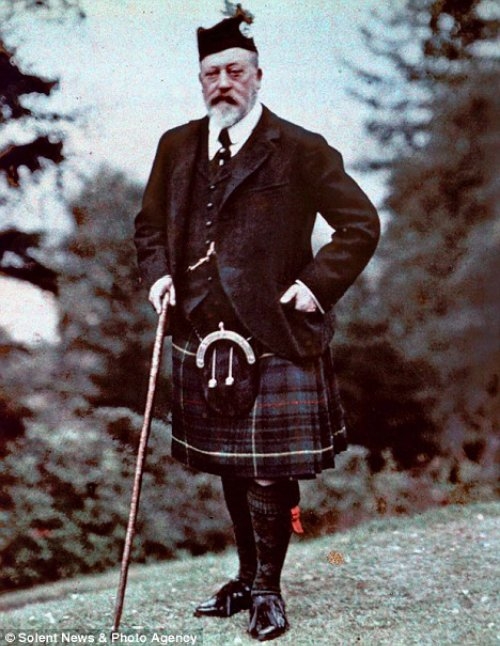
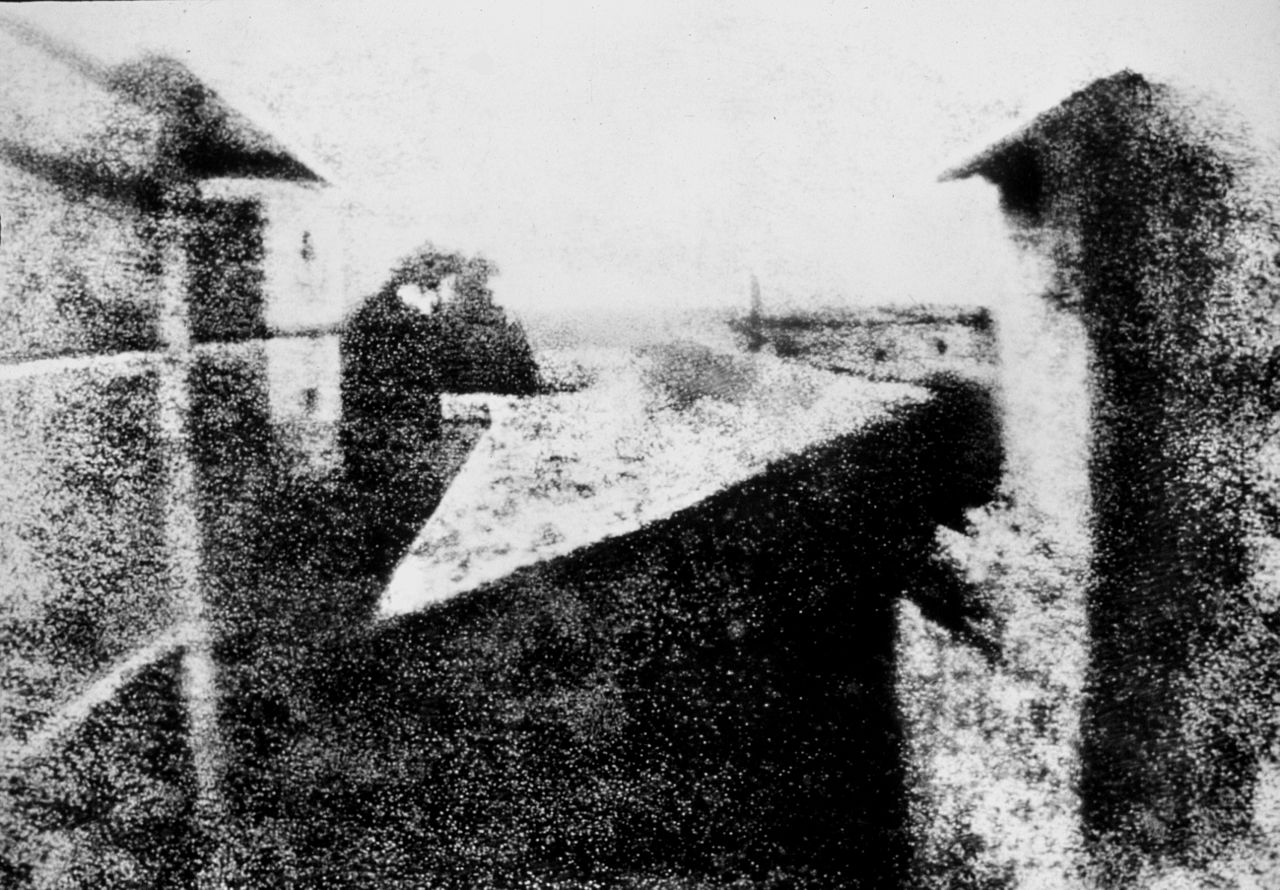
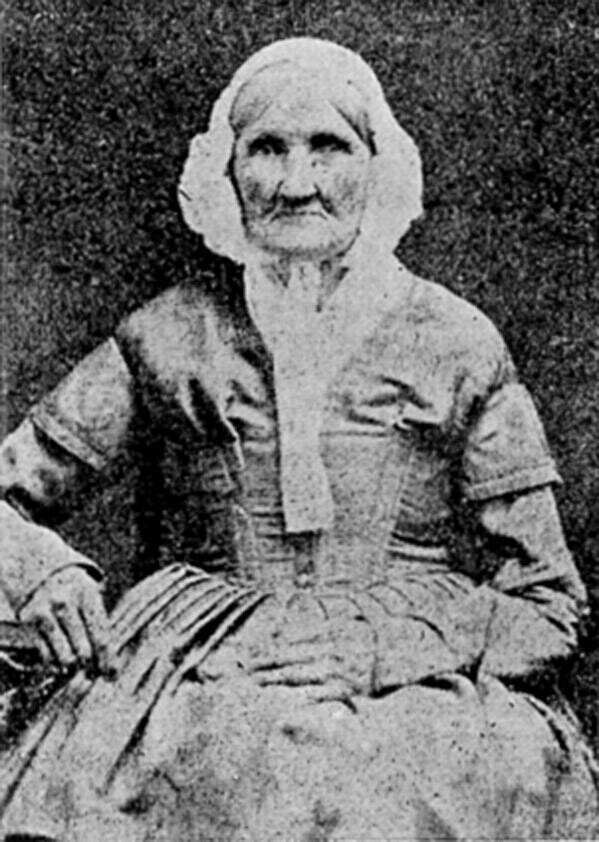
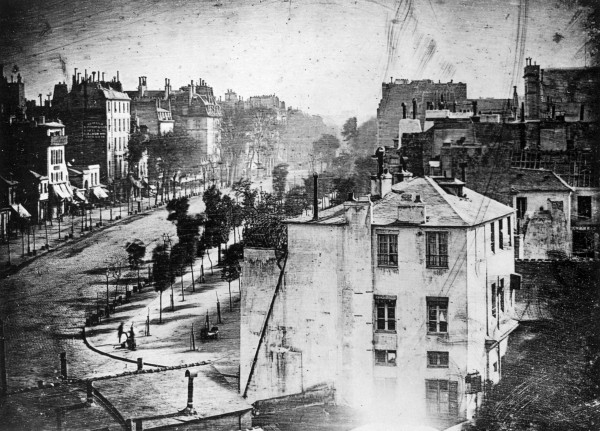
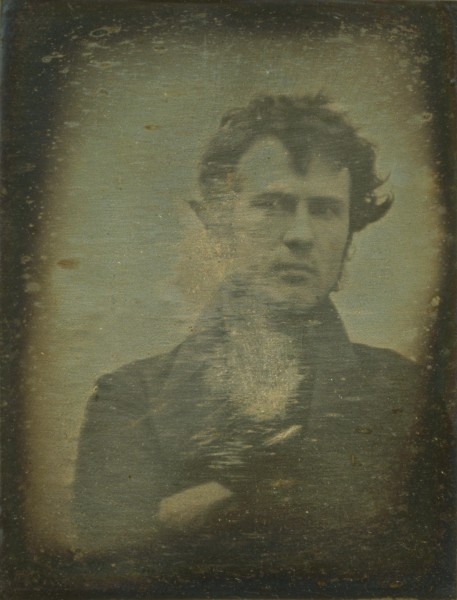
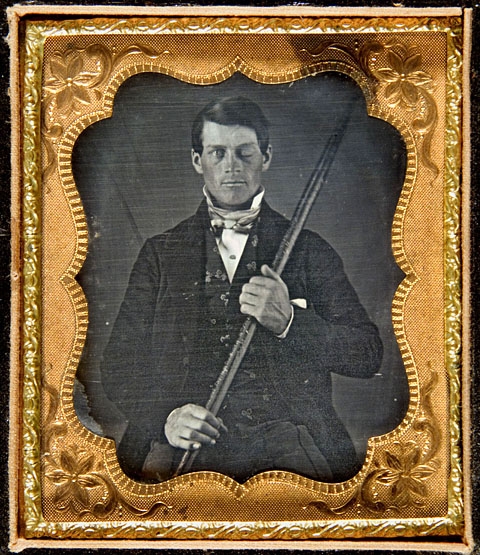
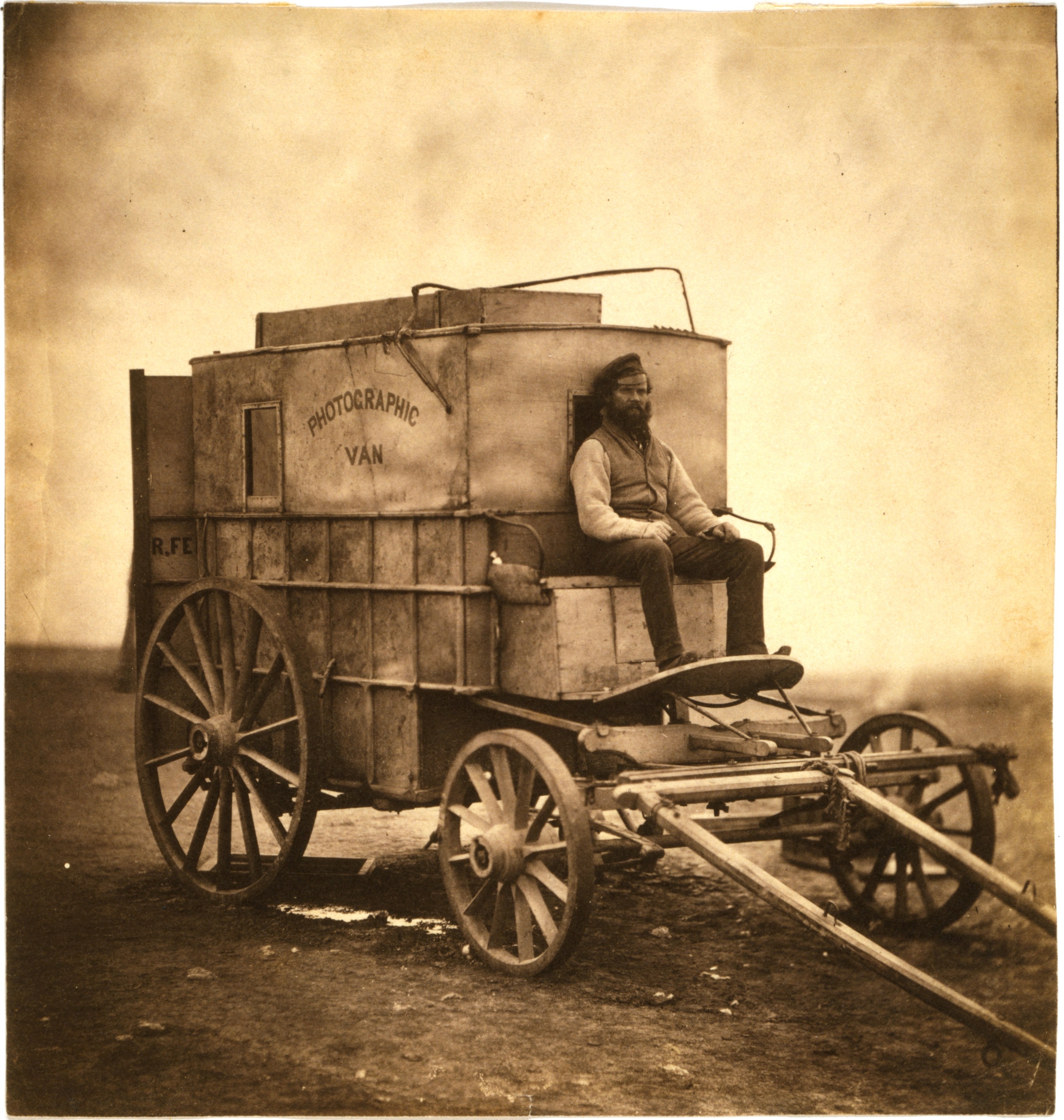
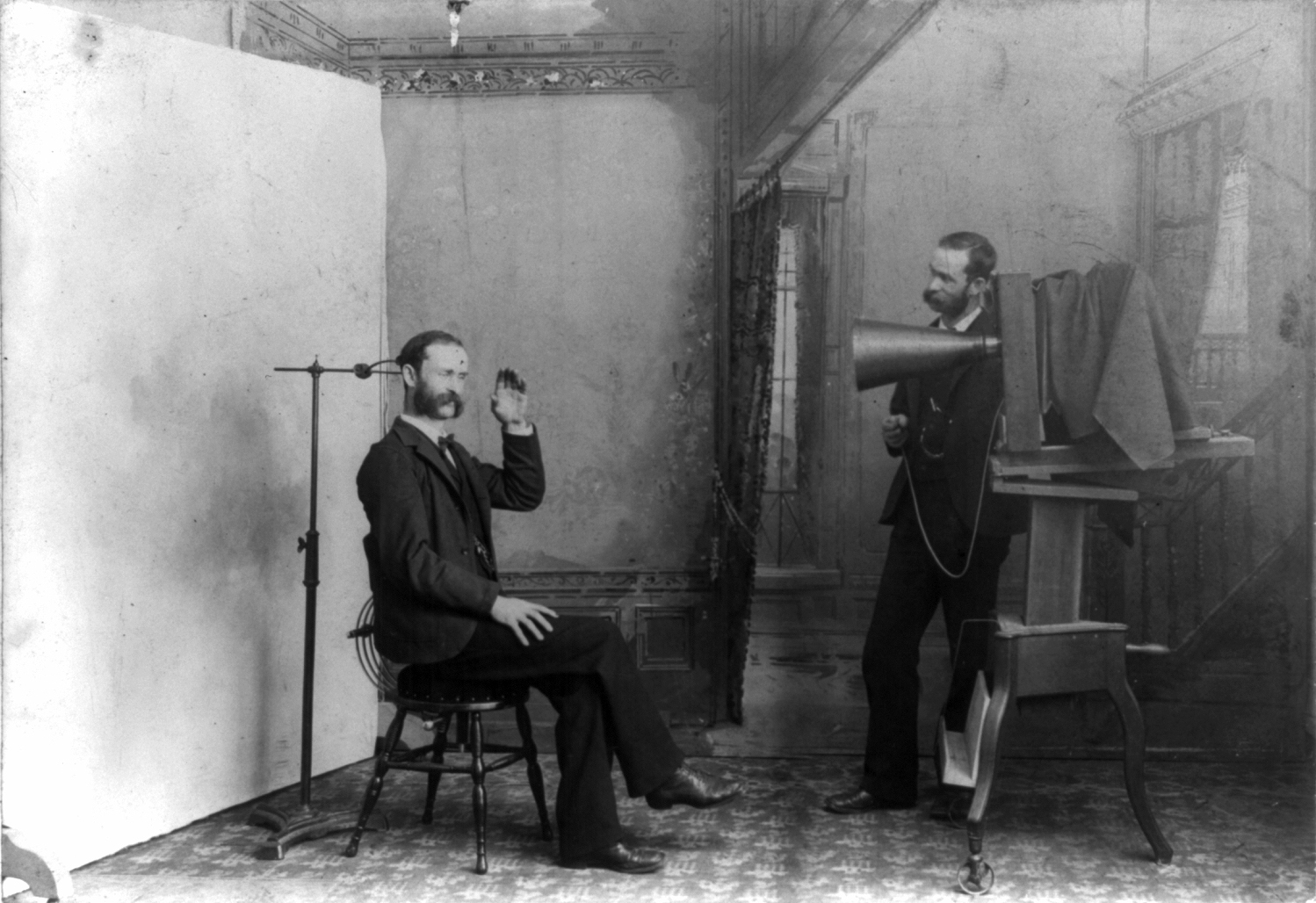
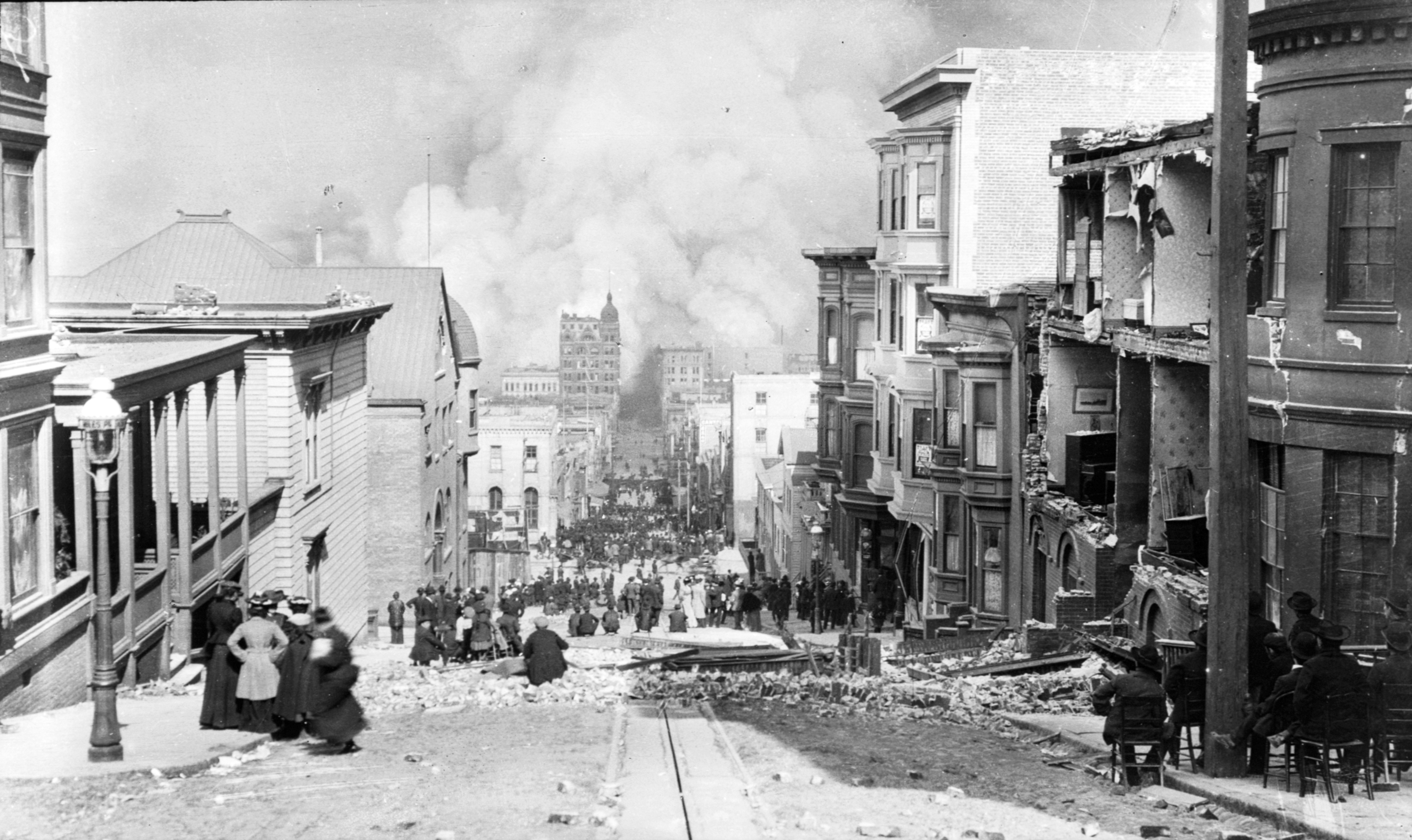
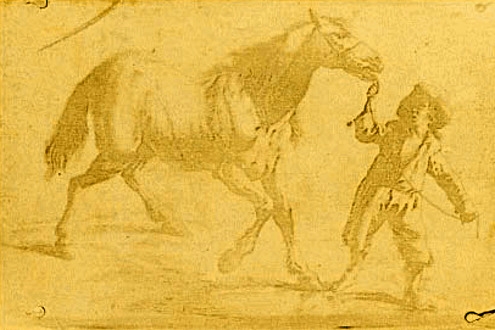
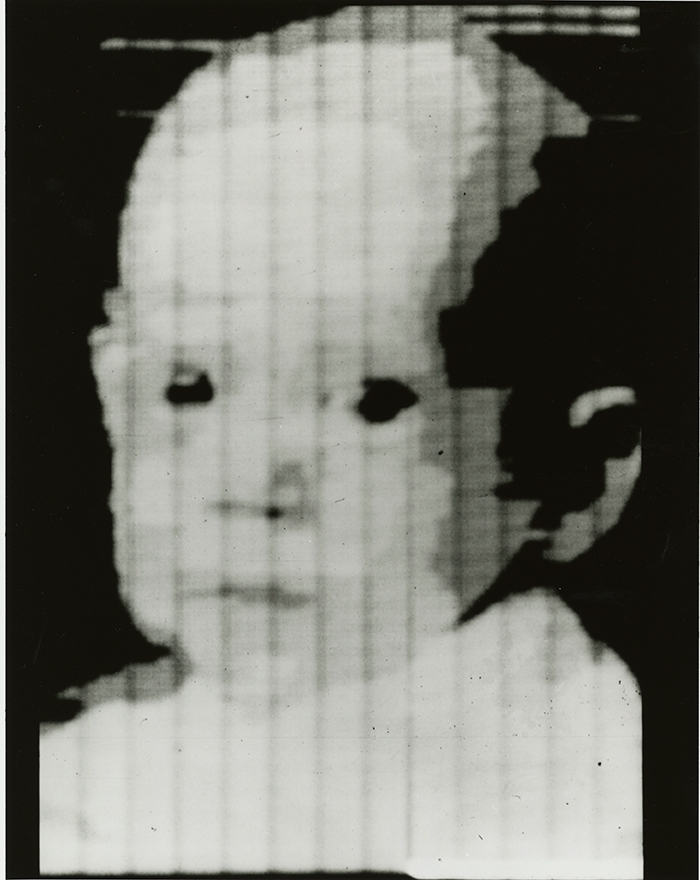

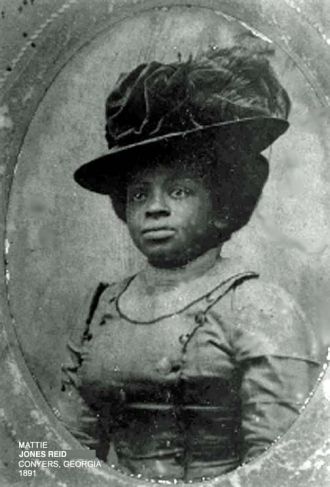

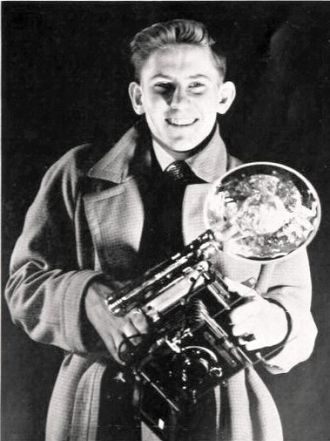

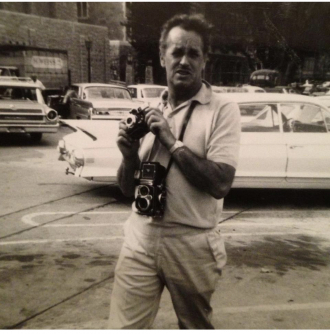

 AncientFaces
AncientFaces 



